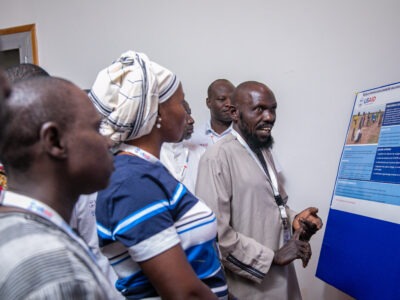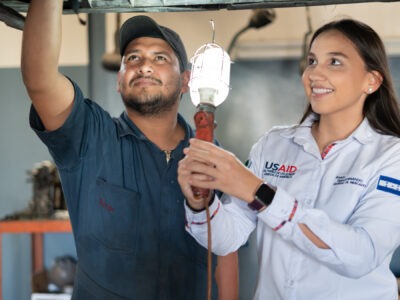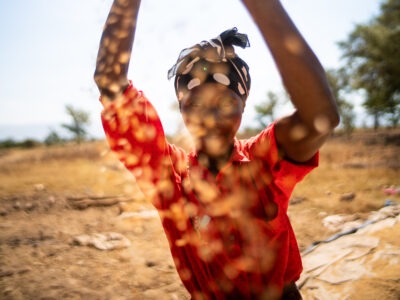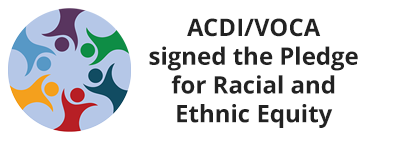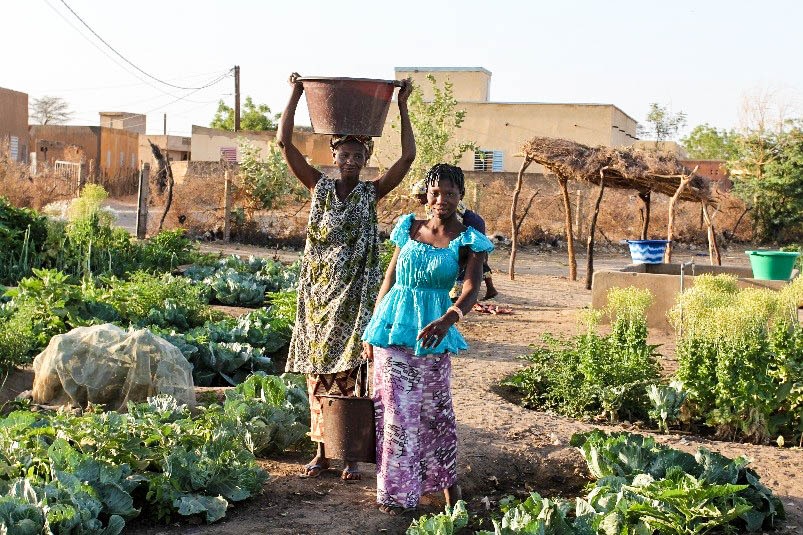
I recently passed my 40th anniversary of joining the Peace Corps and going off to discover Africa. Ever since, I’ve been fortunate to continue leading that development adventure, so corny yet supremely defensible, of helping make the world a better place. At this moment in 2017, a new administration’s “America first” attitude suggests that the world’s in turmoil, and that funding for international development is a waste. It frightens me that many people don’t understand that defense works best when combined with diplomacy and development.
Nicholas Kristof wrote recently in the New York Times:
“There’s a broad consensus that the world is falling apart, with every headline reminding us that life is getting worse. Except that it isn’t. In fact, by some metrics, 2016 was the best year in the history of humanity. And 2017 will probably be better. How can this be? Here, take my quiz:
On any given day, the number of people worldwide living in extreme poverty:
A.) Rises by 5,000, because of climate change, food shortages and corruption.
B.) Stays about the same.
C.) Drops by 250,000.
Polls show that 9 out of 10 Americans believe that global poverty has worsened or stayed the same. But in fact, the correct answer is C. Every day, an average of about a quarter-million people worldwide graduate from extreme poverty, according to World Bank figures.”
But why is this beneficial reduction in the very poor happening, and is international development a contributor? Simply put, it’s both. There are some new global economic drivers, AND international development has become much more effective.
ECONOMIC DRIVERS: THE WORLD IS CHANGING
 Today’s world economy, and poverty’s reduction, has been shaped by a wave of globalization that stimulated the growth of formal markets, a demographic youth bulge driving urbanization, and shifting private capital investment patterns. Look at how our world has changed.
Today’s world economy, and poverty’s reduction, has been shaped by a wave of globalization that stimulated the growth of formal markets, a demographic youth bulge driving urbanization, and shifting private capital investment patterns. Look at how our world has changed.
Markets: Consumers want quality products, and governments are responsible for ensuring safe food. Wholesale markets require minimum volumes and competitive prices. Increasingly stringent product standards in more formal markets threaten to exclude smallholder farmers and disenfranchise them from their own developing economies. Smallholder farmers either compete or are left behind.
Youth: The majority of populations in developing countries are young. According to World Bank figures, nearly 70 percent of Africa’s population is under the age of 30. This abundance of youth will persist as a demographic bulge. It can energize an economy with entrepreneurs, and creativity. But if the environment doesn’t nourish young spirits, it breeds dissatisfaction with the status quo, leading to unrest and civil disobedience.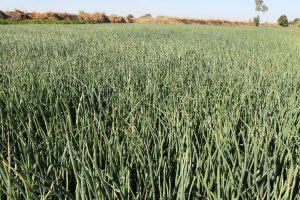
Urbanization: Recent figures from the World Economic Forum indicate that Africa is urbanizing twice as fast as Europe did. For the first time in global history, there are now more people in urban areas in developing countries than in rural. Big cities are driving these economies forward and modernizing technology, communications, and commerce. The danger is that the rural poor miss out on development’s benefits.
Money: Capital flows have radically changed in the past several decades. As development assistance has plateaued, private investment (foreign and domestic) has risen. This investment ratio has actually reversed from 80-20 to 20-80 now in favor of private capital flows driving discipline and business. The ripe environment for private capital flows reduces risk for new entry investments and builds further momentum for private capital investment. Food supply has become business!
INTERNATIONAL DEVELOPMENT IS BETTER
The international development process itself has significantly evolved, and its practitioners have greatly improved how they operate. Poor performers went out of business. In an increasingly competitive industry, innovators succeed by working smarter, leveraging donor funds with private sector investments, and creating (and documenting) sustainable change.
Learning: Organizations have learned to do better. Approaches and programs have become more “big picture.” A more collaborative approach including more stakeholders from the public and private sectors, and organizations representing civil society means that more team players are involved in the program planning and execution.
Light Touch: Development models or theories of change have grown more sophisticated. Assessing functioning market systems enables programs and interventions to be less intrusive and more catalytic. These approaches of course improve the odds of success.
Resource Synergy: Implementing partners are doing more with less. Those channeling donor aid are growing more efficient under competitive pressures to do better, and to be more clearly impactful. Private-public partnerships are growing quickly as countries discover that parties working together can better capitalize on their respective strengths. Private investment is growing smarter at using its investment power together with government incentives and in tandem with economic development programs. Financial institutions get help from governments to buy down risks to invest in rural agricultural and food sectors.
CONCLUSION
The world has changed greatly since I joined the Peace Corps 40 years ago. From my vantage point, international development is performing way better now than forty years ago, helping build economies and food security. Ultimately, that builds peace. The number of the world’s very poor drops by 250,000 every day. Development, diplomacy, and defense are working well together. Let’s not lose sight of what’s at stake.
*These photos were taken by Paul on his trip back to his Peace Corps village in Senegal after 40 years.
Comments
